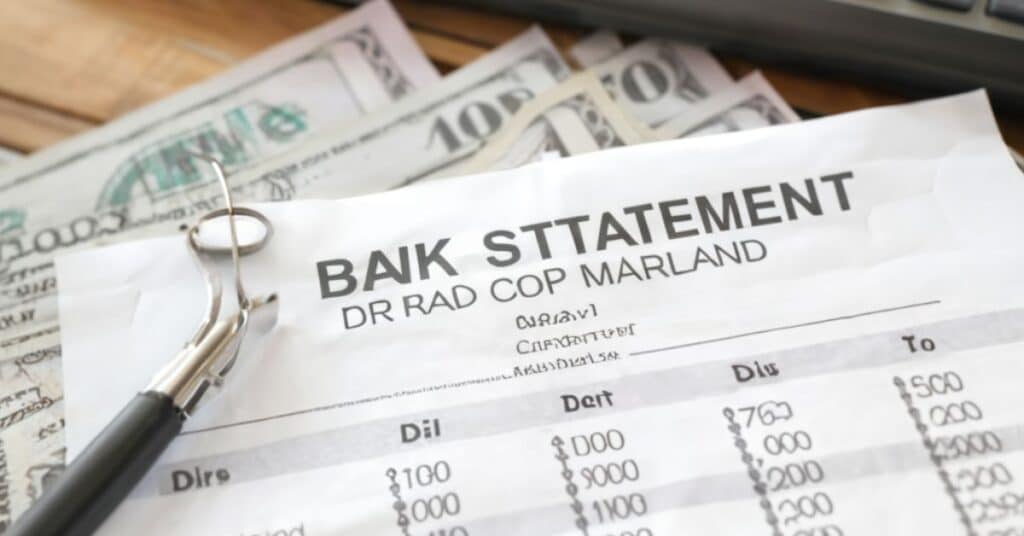The “DIR DB Rad Comp of Maryland” transaction on your bank statement likely refers to a direct debit from the Maryland Radiology Compensation program. This is a payment made for radiology services or related healthcare claims in Maryland.
Essentially, it is a charge for medical imaging services processed through Maryland’s specific healthcare payment system.The “DIR DB Rad Comp of Maryland” transaction on your bank statement represents a direct debit related to radiological services in Maryland. It typically covers payments for X-rays, MRIs, or other imaging services.
This transaction indicates that a healthcare provider in Maryland has charged you for radiological procedures. It is a common entry for patients who have recently undergone medical imaging.
maryland dbm benefits
The Maryland Department of Budget and Management (DBM) offers various benefits designed to support state employees’ health, well being, and financial security. From healthcare to retirement plans, these benefits aim to provide comprehensive support for employees and their families.
Health Insurance

DBM provides a range of health insurance options including medical, dental, and vision plans. These are designed to meet diverse healthcare needs and promote overall well being.
Retirement Plans
Maryland DBM offers retirement plans to ensure financial security post employment. Employees can choose from several pension and savings options.
Leave Benefits
State employees enjoy generous leave benefits, including annual, sick, and personal days. This ensures work life balance and personal well being.
Employee Assistance Programs
DBM offers programs to assist employees with personal or work-related issues. These services include counseling and referral programs.
Tuition Reimbursement
To encourage continued education, DBM provides tuition reimbursement for eligible employees. This supports career development and skill enhancement.
More information: https://financenexgen.com/what-is-the-dir-db-rad-comp-of-maryland-transaction-on-your-bank-statement/
What Is COMP of Maryland DIR DB RAD Credit Card Charge

The “COMP of Maryland DIR DB RAD” credit card charge likely refers to a compensation or payment made through the Maryland Department of Rehabilitation (RAD) for services related to disability or rehabilitation. This could cover medical procedures, therapy sessions, or other rehabilitation services.
If you see this charge on your statement, it means you’ve been billed for services associated with Maryland’s rehabilitation programs. It is important to verify these charges to ensure they match the services received and to address any discrepancies with the appropriate Maryland state department.
Inheritance and estate taxes
Inheritance and estate taxes are levied on the value of assets passed from a deceased person to their heirs. Maryland imposes these taxes to regulate the transfer of wealth and support public services.
The estate tax is based on the total value of the deceased’s assets, while the inheritance tax applies to specific beneficiaries. Maryland’s thresholds and rates can vary, so it is essential to understand the specific obligations.
Both taxes aim to balance fairness with fiscal responsibility, affecting how estates are settled and how inheritances are distributed. It is crucial for Maryland residents to plan accordingly to manage potential tax liabilities.
Personal and real property taxes

In Maryland, all real property is subject to the property tax, which is based on the fair market value of the property as assessed by the state. This includes residential homes, commercial buildings, and land. The aim is to fund local services like schools and public safety.
Property tax rates are set by local governments and can vary widely across the state. There are no state imposed limits on these rates, allowing cities and counties the flexibility to meet their financial needs. This results in diverse tax rates reflective of local budgetary requirements.
Every year, one third of all properties in Maryland undergo a reassessment to ensure property taxes reflect current market conditions. This process includes an exterior physical inspection and aims to maintain fairness in the taxation system.
Maryland offers various property tax credits, such as the Homestead Property Tax Credit, which caps the increase in taxable assessments, making housing costs more predictable for homeowners. Additionally, the state provides a tax credit program for renters, acknowledging the indirect property taxes they pay through their rent.
Sales taxes
Maryland has a state sales tax rate of 6%. This tax applies to most goods and services purchased within the state. Unlike many other states, Maryland does not impose additional local sales taxes, making the tax calculation straightforward for consumers and businesses alike.
This uniform rate helps simplify the purchasing process and ensures consistency across the state.
How to Verify a DIR DB Rad Comp of Maryland Transaction
To verify a “DIR DB Rad Comp of Maryland” transaction, first review your recent medical services or insurance statements to match the charge with any radiological services you received in Maryland. Look for dates and service descriptions that align with the transaction date on your bank statement.
If you still can not identify the charge, contact your bank and the healthcare provider listed on the transaction. Your bank can provide transaction details, while the healthcare provider can confirm the services rendered. Keep all relevant documents and communication for your records to resolve any discrepancies.
Why Does DIR DB Rad Comp of Maryland Appear on Your Bank Statement

The “DIR DB Rad Comp of Maryland” appearing on your bank statement typically indicates a direct debit for radiology services received in Maryland. This could include charges for X-rays, MRIs, or other imaging services performed by a healthcare provider in the state.
This charge might also represent a billing from your health insurance for radiological services that were not fully covered or were subject to a deductible. It is essential to cross reference this charge with your medical records or insurance statements to ensure its accuracy and understand the specifics of the service billed.
More information: https://financenexgen.com/what-is-the-adam-mail-transaction-on-your-bank-statement/
What is the process for recovering funds from an unauthorized DIR DB Rad Comp of Maryland transaction
If you notice an unauthorized “DIR DB Rad Comp of Maryland” transaction on your bank statement, start by contacting your bank immediately to report the suspicious activity. They can initiate a dispute process and may temporarily credit the disputed amount back to your account while they investigate.
Next, contact the healthcare provider or the entity listed alongside the transaction. Request detailed information about the service charged and explain that the charge is unauthorized. Documentation or proof of your claim may be required.
Additionally, review your insurance statements and medical records to ensure this is not a misidentified legitimate charge. Keep all communications and documentation organized for reference during the dispute process.
Finally, consider changing your bank account or card details to prevent further unauthorized transactions. Regularly monitoring your bank statements can help detect and address any unauthorized activity swiftly.
Why did I receive a letter from Comptroller of Maryland?

You likely received a letter from the Comptroller of Maryland due to matters related to your state taxes. This could be for reasons such as updates to your tax account, requests for additional information, or notices regarding discrepancies or refunds.
The letter may also inform you about changes in tax laws, deadlines for tax filings, or it could be an alert for potential identity theft or verification needs. Always read such communications carefully and respond promptly to ensure your tax matters are in order.
Frequently asked question?
How do you pay Maryland taxes?
You can pay Maryland taxes online through the Comptroller of Maryland’s website, by mailing a check, or by phone. Electronic filing options like iFile are also available for convenience and faster processing.
What is the state tax in Maryland?
Maryland state income tax rates range from 2% to 5.75%, depending on your taxable income level. Additionally, Maryland imposes a 6% sales tax and local “piggyback” income taxes varying between 1.25% and 3.20%.
Where is my Maryland taxes?
To check the status of your Maryland tax return, visit the Comptroller of Maryland’s website and use their “Where’s My Refund?” feature. You will need your Social Security number and the exact amount of your expected refund.
Who pays Maryland income tax?
Individuals who live in Maryland, as well as those who live outside but earn income from a Maryland source, are required to pay Maryland income tax. This includes residents, part year residents, and nonresidents with Maryland earnings.
How many taxes do I pay in Maryland?
In Maryland, you pay several taxes, including state and local income taxes, sales tax, property taxes, and, if applicable, inheritance and estate taxes. The exact number depends on your personal and financial circumstances.
What is the phone number for Maryland employee benefits?
For questions regarding Maryland state employee benefits, you can contact the Maryland Department of Budget and Management’s Employee Benefits Division at (410) 767-4775. They can assist with inquiries about health, dental, and other state employee benefits.
summary
The “DIR DB Rad Comp of Maryland” transaction on your bank statement signifies a direct debit payment related to radiology services in Maryland. This could include payments for medical imaging services such as X-rays, MRIs, or CT scans.
The charge may be linked to your healthcare provider or an insurance claim pertaining to radiological evaluations or treatments. If you see this transaction and it does not ring a bell, it is crucial to investigate further to ensure the charge is legitimate.
Start by matching the transaction with your medical records or insurance statements. If the charge still appears unfamiliar or unauthorized, contact your bank and healthcare provider to query the transaction and take appropriate action. Regular monitoring of bank statements is key to catching and addressing such issues promptly.

Alexander, our distinguished author, boasts 6 years of rich experience in finance. His profound insights and adeptness in navigating financial intricacies make him a valuable asset, ensuring content that resonates with expertise.







